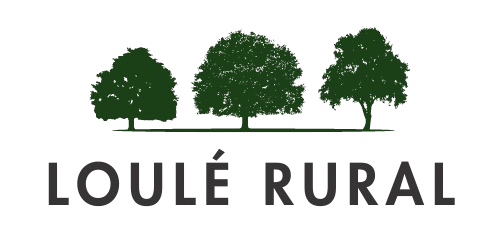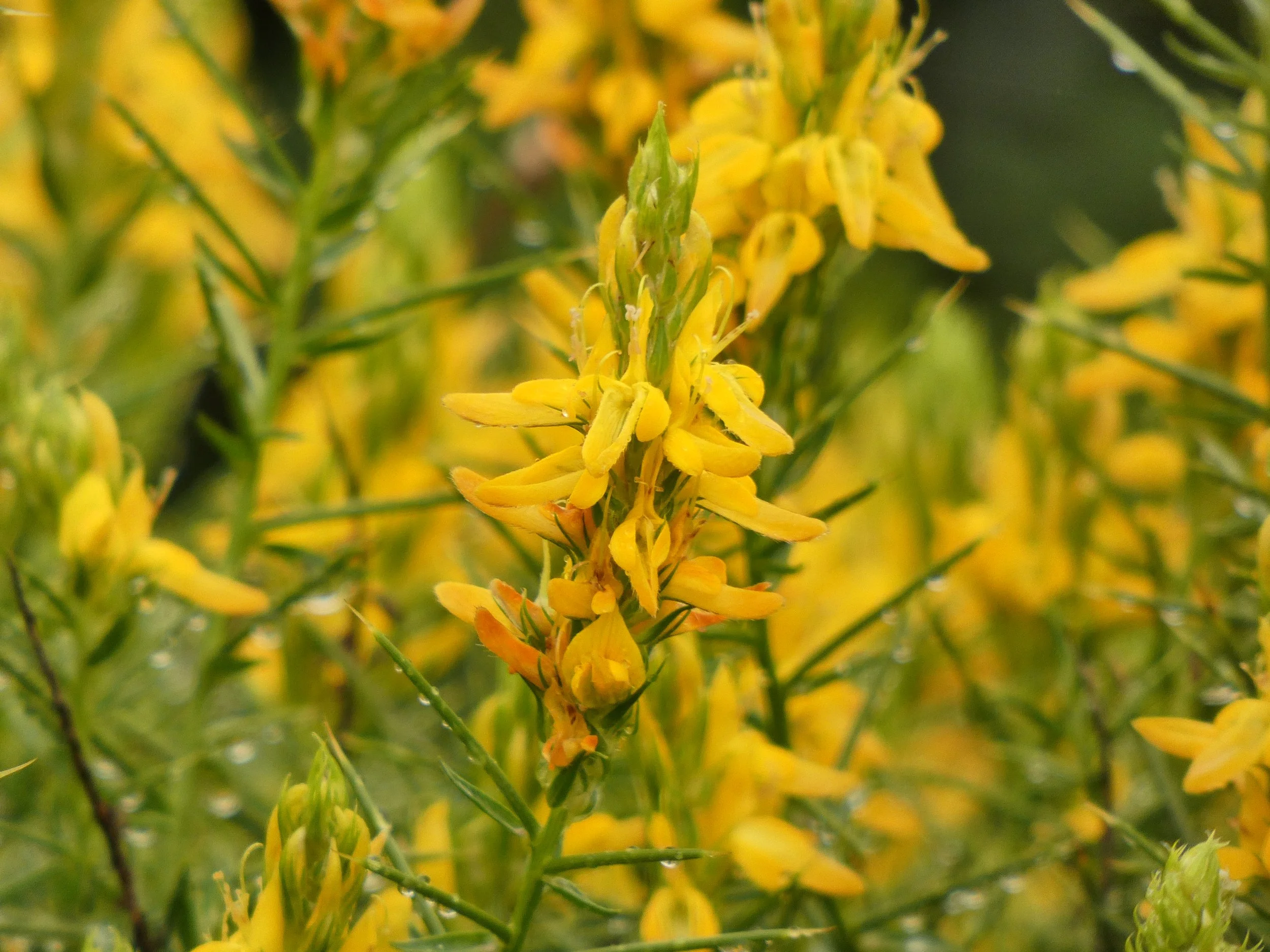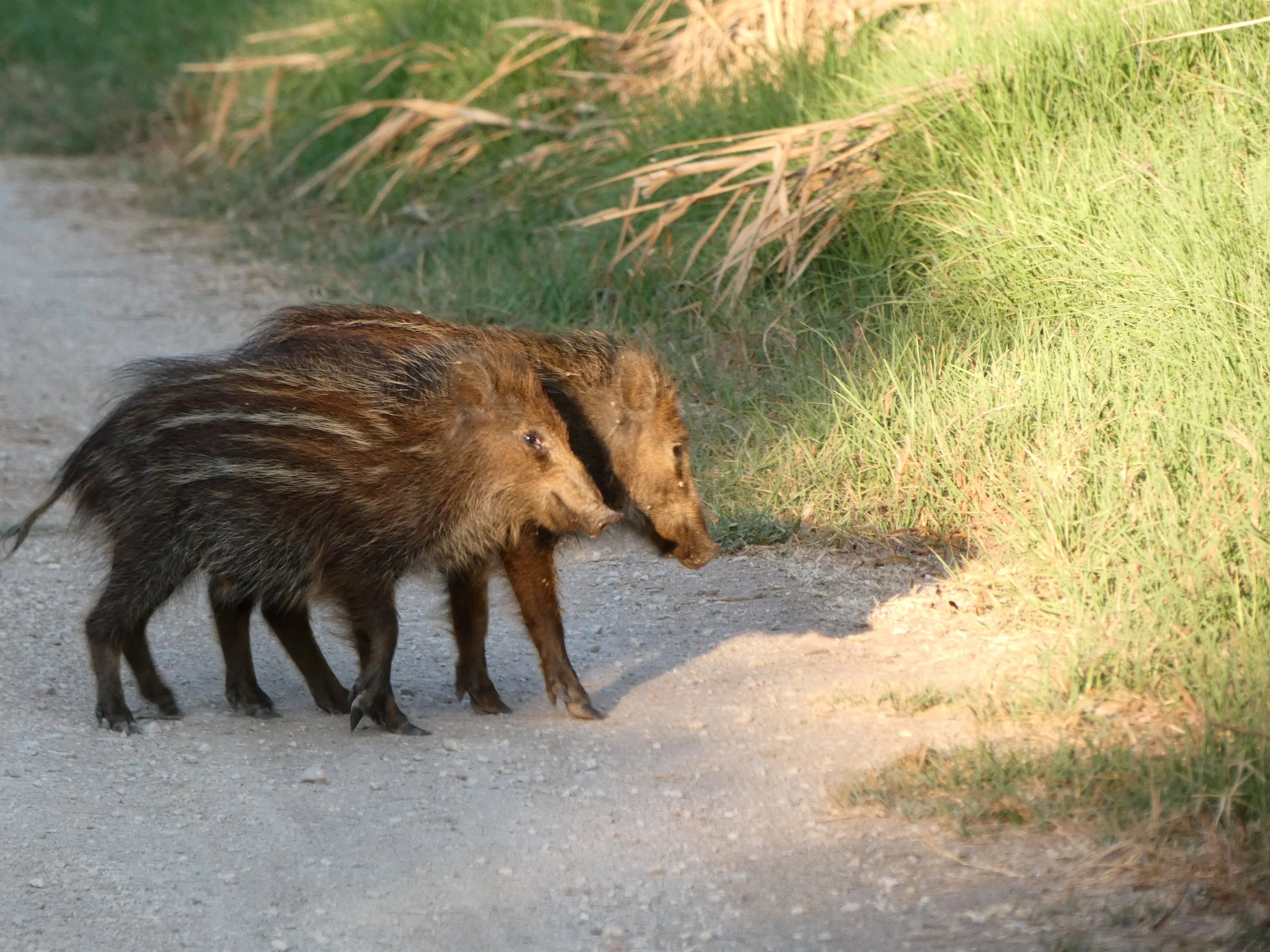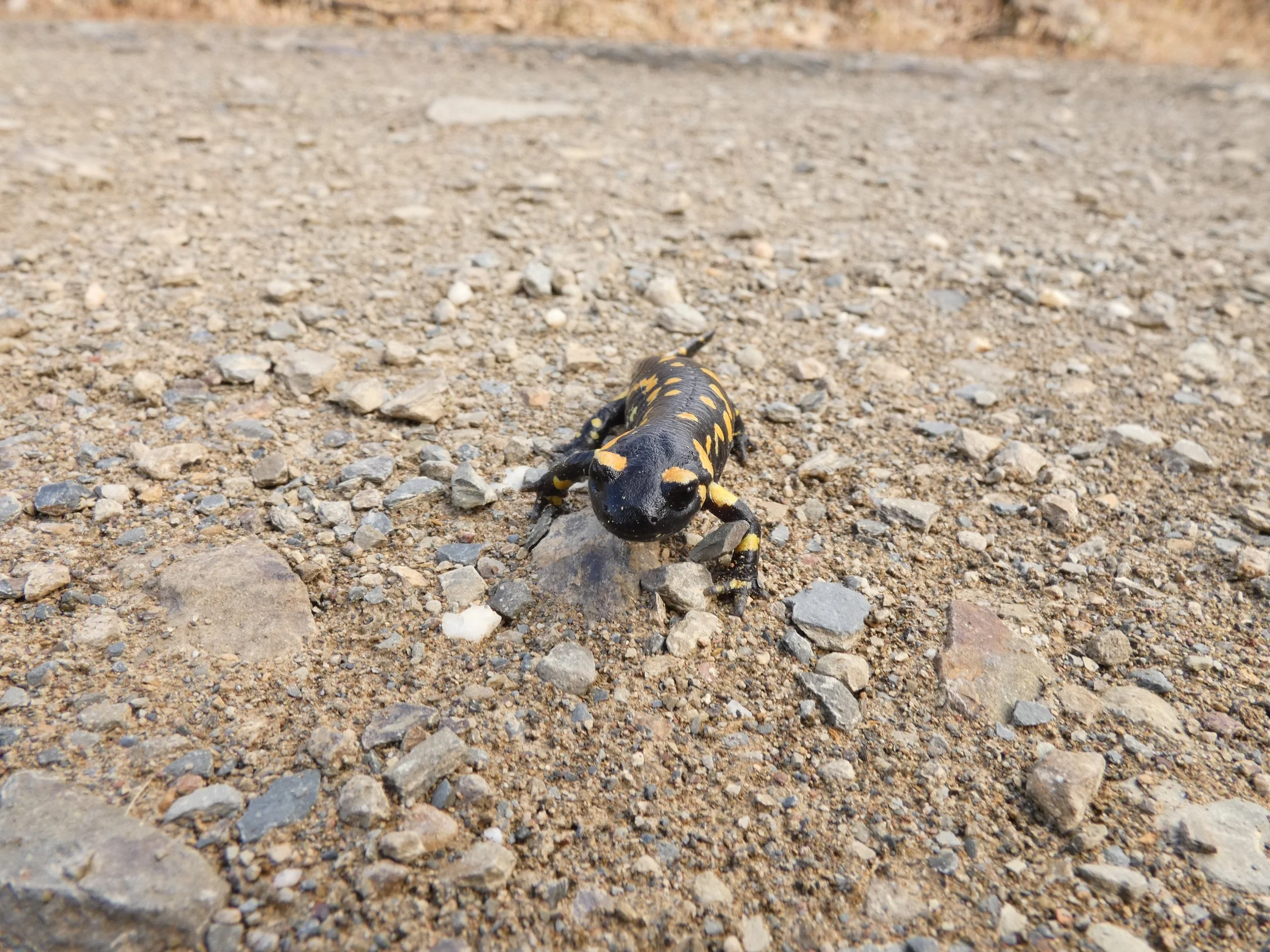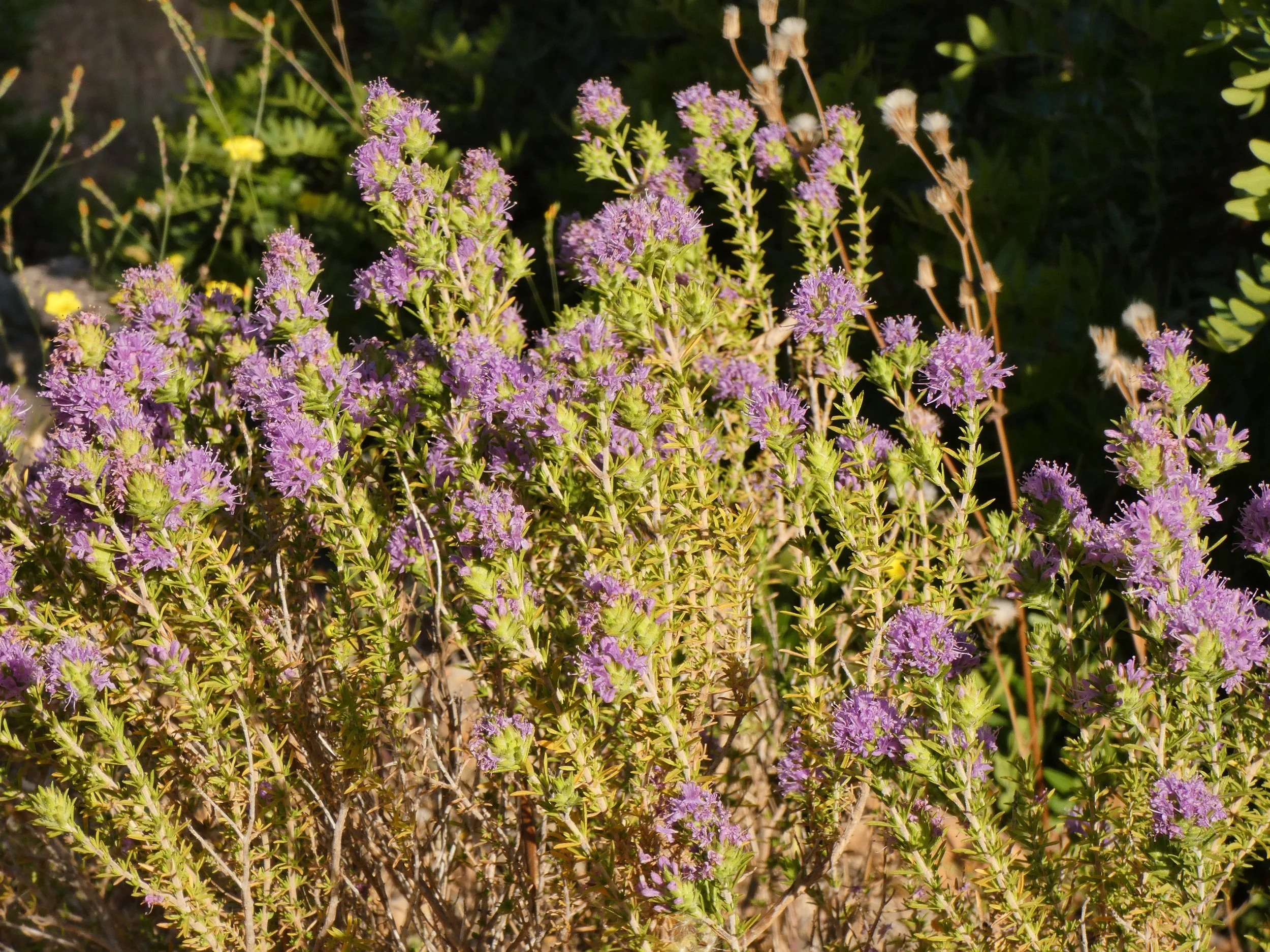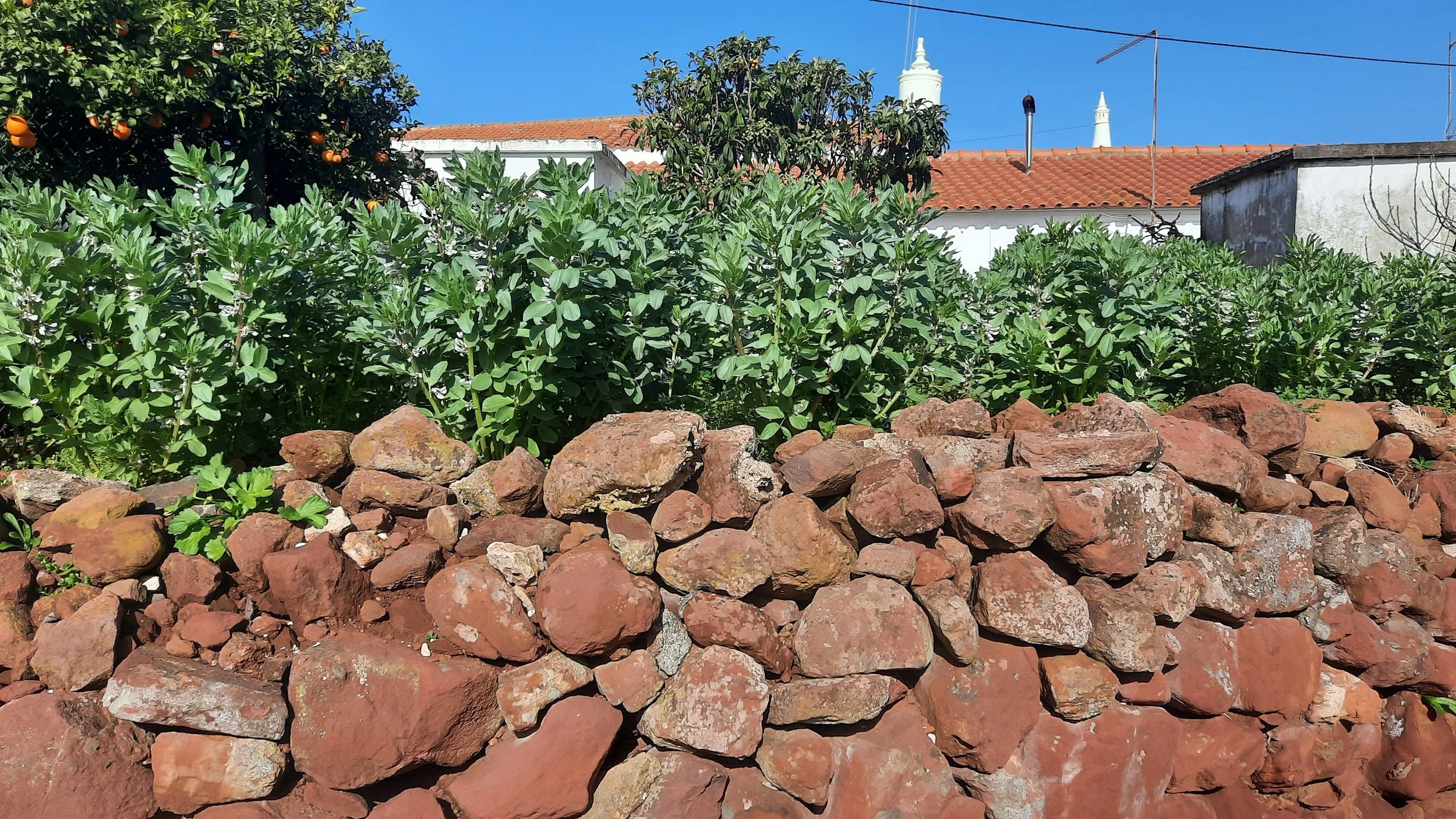The Algarve’s Barrocal region
The Barrocal, known as the “limestone Algarve”, is considered to be the second largest karst area in the country. The rocks at its base, predominantly limestone, have been shaped over millions of years by the dissolution of water in the rocky materials.
It lies between the mountains and the coast, in a strip of 85 km parallel to the southern coastline, in an east-west direction. In a north-south direction, the length varies: in the widest part, in the municipalities of Loulé and Silves, it reaches 12 km.
Diagram of the Algarve's landscape units - adapted from Abreu Correia e Oliveira.
The Barrocal is rich and varied in terms of flora and fauna. More than 2,400 different species have already been identified! For example:
Flora:
Pennyroyal, strawberry tree, rosemary, St. John's wort, lavender, burdock rose, cork oak, bluebells, rockrose, broom, among others.
Fauna:
Wild boar, foxes, ferrets, hares, eagles, butterflies, storks, chameleons, Iberian lynx, owls, hedgehogs, among others.
Despite the rugged landscape, the soil is clayey and fertile, and the many plants cover the ground in different shades. With human occupation, the natural vegetation has degraded, and today a flora composed of shrubs prevails.
So-called rainfed agriculture has developed here - based on species that need practically no irrigation. In addition to the geography and climate, the existence of reasonable amounts of groundwater was fundamental. Trees such as carob, almond, fig and olive are typical of dryland farming. However, in recent years irrigated orchards of species such as citrus fruits, peaches, pears, plums and apricots have taken over more and more farmland.
The traditional fences in the Barrocal are the loose stone walls known as valados. In addition to their recognized historical, heritage and aesthetic value, they also have ecological value as places of shelter for fauna and flora.
Throughout the year, the barrocal is inhabited by a wide variety of species of birds, mammals, amphibians, insects and reptiles. In the past, this fauna may have been much more diverse, but hunting, predator control and habitat destruction have reduced the number of species.
